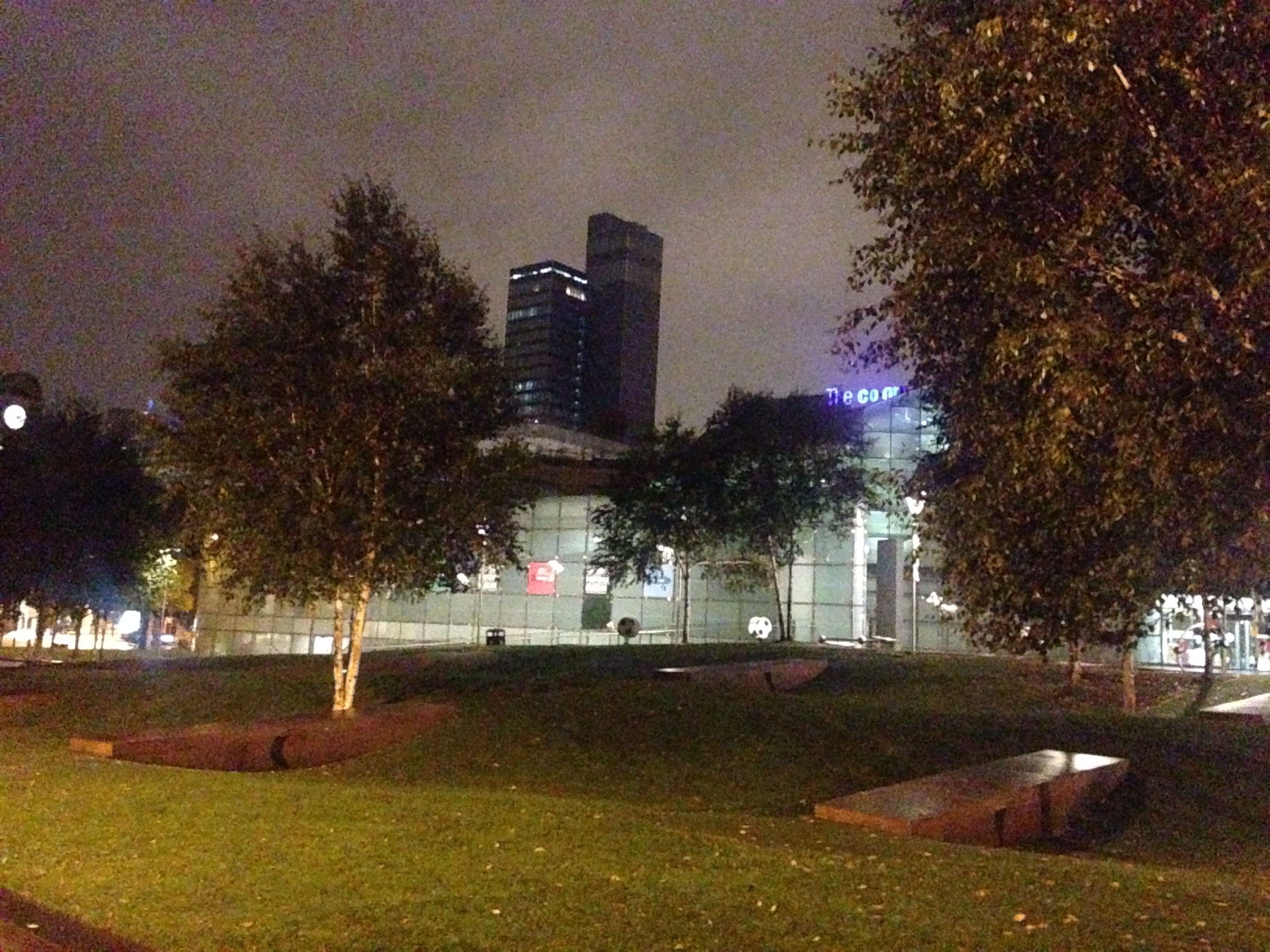A new report published today by the think tank Centre for Cities investigates where people in Britain choose to live and why, and the trade-offs they make in taking that decision.
The report’s findings are based on national YouGov polling of 2,080 nationally representative residents from across Britain, and in-depth YouGov polling of 1725 residents from four case-study cities Manchester, Swindon, Brighton, and Sheffield
Despite concerns about high rents, poor air quality and a lack of green space, young professionals are increasingly choosing to live in UK city centres – with the number of residents aged 20-29 in large-city centres nearly tripling between 2001-2011.
The report, sponsored by leading law firm DAC Beachcroft, reveals that young people are being attracted to urban areas because of the amenities and convenience they offer, and the prospect of living close to their work-place. Over a third (39 per cent) of city centre residents surveyed in the report said that the availability of nearby restaurants, leisure and cultural facilities is a primary attraction of living in urban areas, while more than a quarter (27 per cent) said that proximity to their work-place is one of the main appeals of living in the city-centre
Centre for Cities’ second Urban Demographics report looks at why people choose to live where they do.
A new report published today by the think tank Centre for Cities investigates where people in Britain choose to live and why, and the trade-offs they make in taking that decision.
Based on new analysis, and national YouGov polling , the report, ‘Urban Demographics – why people live where they do’, shows that despite concerns about high rents, poor air quality and a lack of green space, young professionals are increasingly choosing to live in UK city centres, with the number of residents aged 20-29 in large-city centres nearly tripling between 2001-2011.
The report, sponsored by leading law firm DAC Beachcroft, reveals that young people are being attracted to urban areas because of the amenities and convenience they offer, and the prospect of living close to their work-place. Over a third (39 per cent) of city centre residents surveyed in the report said that the availability of nearby restaurants, leisure and cultural facilities is a primary attraction of living in urban areas, while more than a quarter (27 per cent) said that proximity to their work-place is one of the main appeals of living in the city-centre.
In order to enjoy these benefits, the report shows that people living in UK city centres are willing to put up with what they see as excessive rents, poor air quality and a lack of green spaces. Around 31 per cent of city centre residents highlighted the cost of housing as one of the main drawbacks about their neighbourhood, while a quarter said that pollution and poor quality of environment are some of the factors they most dislike about living in urban areas.
The research shows that the growth in city-centre living highlighted in the report has been driven in part by the expansion of universities, with students now accounting for 44 per cent of the total population of large city centres.
However, this resurgence also reflects the growth of the knowledge economy in UK, and the increasing number of jobs available in city centres – with more and more businesses preferring to locate within dense urban areas where they can be close to customers, clients and competitors. For example, in cities such as Manchester, where a large number of highly-skilled jobs are based in the city centre, many students are choosing to remain living in urban areas after graduating – boosting demand and footfall for retail and leisure, and strengthening the city economy further.
The report argues that the boom in city-centre living creates big opportunities for economic growth in these cities, as well as having significant implications for how cities need to respond to people’s changing preferences. It makes a number of recommendations on how local leaders can sustain this growth in city centre living and local economies, including:
Creating a better environment for businesses in urban areas, and making city centres a priority in efforts to attract firms and jobs – e.g. by choosing to locate enterprise zones in city centres, rather than in the outs and Addressing the concerns of city centre residents about poor environment and lack of green spaces, by making these issues a priority in proactive planning decisions.
Commenting on the findings, Alexandra Jones, Chief Executive of Centre for Cities said:
“This research shows how the face of UK cities has changed dramatically over the last fifteen years – with city-centres transforming from often deprived and crime-ridden areas into places where young professionals across the country increasingly want to live and work.
“While the report highlights the potential downsides of urban living, such as high housing costs or the lack of open space, it’s clear that for many young people these drawbacks are outweighed by the appeal of access to highly-skilled jobs, amenities, restaurants and shops, which are making city centres magnets for young talent.
“But local leaders shouldn’t take this growth in people and jobs for granted, and need to consider how they can sustain and capitalise on these trends. That means taking steps to make city centres better places to live and do business in – for example, by building more housing in urban areas to meets the needs of young professionals, and by investing in infrastructure, to attract more jobs and firms to central areas.”







